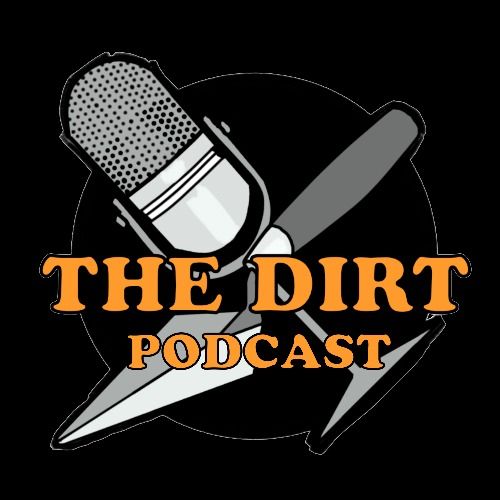Episode 230
Skara Brae and Orkneyology
It's a listener-sponsored episode! (That's right, that's still a thing that we do).
Anna whisks Amber along on a tour of Neolithic sites in the Orkney Isles, an archipelago off the coast of Scotland. Around 5,000 years ago, this place was a hub for new ideas. Come with us as we visit the houses at Skara Brae, the "hidden" Neolithic village that re-emerged in 1850 (CE). We also swing by the massive Ness of Brodgar site, and finish up at a newly discovered chambered tomb, all while learning what people were up to 5,000 years ago in the far north.
To learn more:
Ancient Genomes Indicate Population Replacement in Early Neolithic Britain - PMC
Skara Brae | Leading Public Body for Scotland's Historic Environment
Scotland and the indoor toilet - BBC News.
Skara Brae - The Discovery and Excavation of Orkney's finest Neolithic Settlement
Archaeology & Other Sites | Orkney.com
The Ness of Brodgar Excavation
Heart of Neolithic Orkney - UNESCO World Heritage Centre
Outstanding Lesser-known Archaeological Sites in Orkney - Dig It!
Orkney Research Centre for Archaeology (ORCA)
‘A Neolithic feat of engineering’: Orkney dig reveals ruins of huge tomb | Scotland | The Guardian
CW: Images of human remains
Skeletons discovered in rare 5,000-year-old tomb in Orkney
Neolithic discovery: why Orkney is the centre of ancient Britain | Archaeology | The Guardian
A massacre of early Neolithic farmers in the high Pyrenees at Els Trocs, Spain - PMC
EXTREMELY thorough reports, reconstructions, and photos:

